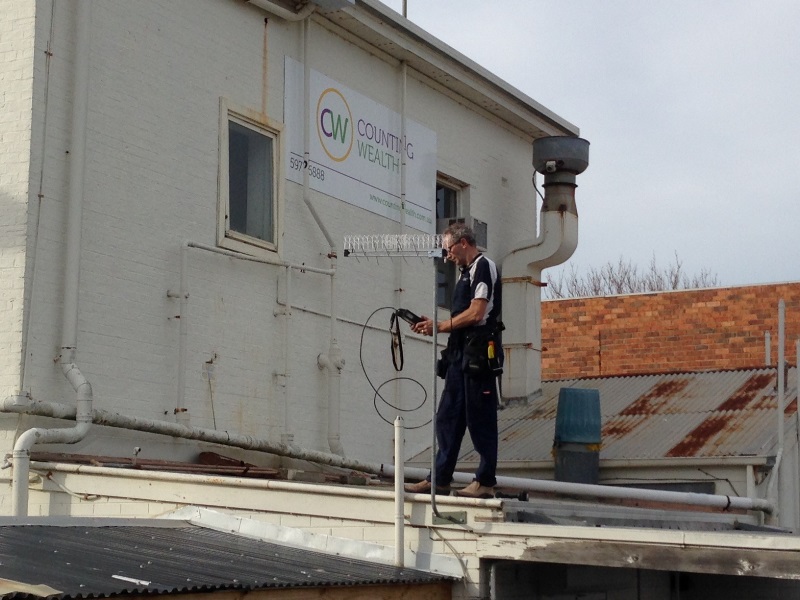Are You experiencing TV Reception Issues?
If you’re experiencing TV reception issues, chances are it’s the antenna on your roof or the cables. It could also be the connectors and equipment between the antenna and your TV. Reception issues are caused by an inadequate antenna set-up. Or broken antennas and cabling with the wrong use of masthead amplifiers. So now’s a good time to get your antenna serviced.
The first step is to get your TV antenna inspected to see if it’s in good working order, optimised for your best available channels, up to the current digital TV standards or to identify if other issues are affecting your reception.
An Experienced TV Antenna Installer Can Fix Your TV Reception Issues
DIY antenna installers may not be aware of all aspects of digital TV and good TV reception, and can buy antennas, cables, connector and amplifiers that are not appropriate for good reception. Installation practices are also much more stringent with a digital TV setup than for analog TV.
Importantly, DIY installers need to be aware of the risks of climbing on roofs and working at heights.
You should seek the services of an experienced antenna installer like Funkesound to ensure that your receiving system is optimised for digital TV reception issues at your location. If it’s not optimised, your system may deliver degraded reception quality or be susceptible to interference. This will result in poor reception. An experienced antenna installer can help to fix the common problems outlined in this fact sheet. The installer can test both the signal strength and quality of the signals to determine how reliable your reception is likely to be.
Are Your Having TV Reception Problems?
Here Are Some Reasons Why
Your antenna system could be inadequate or not right for your location
- TV Antenna is not directed towards the best TV tower.
- Low-performance antenna not suitable for your area.
- The TV Antenna is not mounted high enough to clear obstructions.
- Your TV Antenna is not designed for, or located in, best position for current frequencies.
- Broken, loose or corroded connections or components, including damaged antenna elements.
- Low-quality cable—use RG6 quad-shield coaxial cable.
You’re using a masthead amplifier (signal booster) that is not needed, is not designed for digital TV, is inappropriately set up or does not include a 4G filter.
Possible fixes:
- Tv antennas should be checked by an antenna installer to minimise the possibility of TV reception issues.
- You can check your own TV reception at Myswitch for the best available TV signals for your location, including signal level, frequencies and the best TV tower at which to point your antenna.
- The Australian Communications and Media Authority may also be helpful.
Funkesound offers digital TV antenna installations, digital antenna upgrades and digital TV antenna repairs. For same day service call 0414 685 502.



